Ehrman, Bart D. Jesus, Interrupted: Revealing the Hidden Contradictions in the Bible (and Why We Don’t Know about Them). New York: HarperOne, 2009. 47.


These passages don’t contradict each other; instead, they complement each other. Judas’ body must have been hanging from a tree, and he began to rot. He fell down, and he burst open. Matthew records his initial suicide. Luke records his eventual rotting and decomposition(cf. 2 Sam. 20:10). Why did these two authors choose to emphasize different aspects of Judas’ death?
Matthew was writing to the Jews, who believed that someone was under the judgment of God by hanging from a tree. Deuteronomy states, “He who is hanged is accursed of God” (Deut. 21:23). By contrast, Luke was writing to the Gentiles, who believed that suicide was honorable, so he chose the imagery of a decomposed, unburied body for Judas, which (to a Gentile) would communicate the curse of God. Both accounts were accurately telling the story, but they emphasized different portions of the story to communicate to their respective audiences.
Judas’ Death | |
|---|---|
Matthew’s Version | Luke’s Version |
Writing to the Jews | Writing to the Gentiles |
Emphasized Judas’ death | Emphasized Judas’ rotting body |
His audience viewed hanging as divine judgment | His audience viewed an unburied body as divine judgment |
Ehrman, Bart D. Jesus, Interrupted: Revealing the Hidden Contradictions in the Bible (and Why We Don’t Know about Them). New York: HarperOne, 2009. 47.

James earned a Master’s degree in Theological Studies from Trinity Evangelical Divinity School, graduating magna cum laude. He is the founder of Evidence Unseen and the author of several books. James enjoys serving as a pastor at Dwell Community Church in Columbus, Ohio, where he lives with his wife and their two sons.
